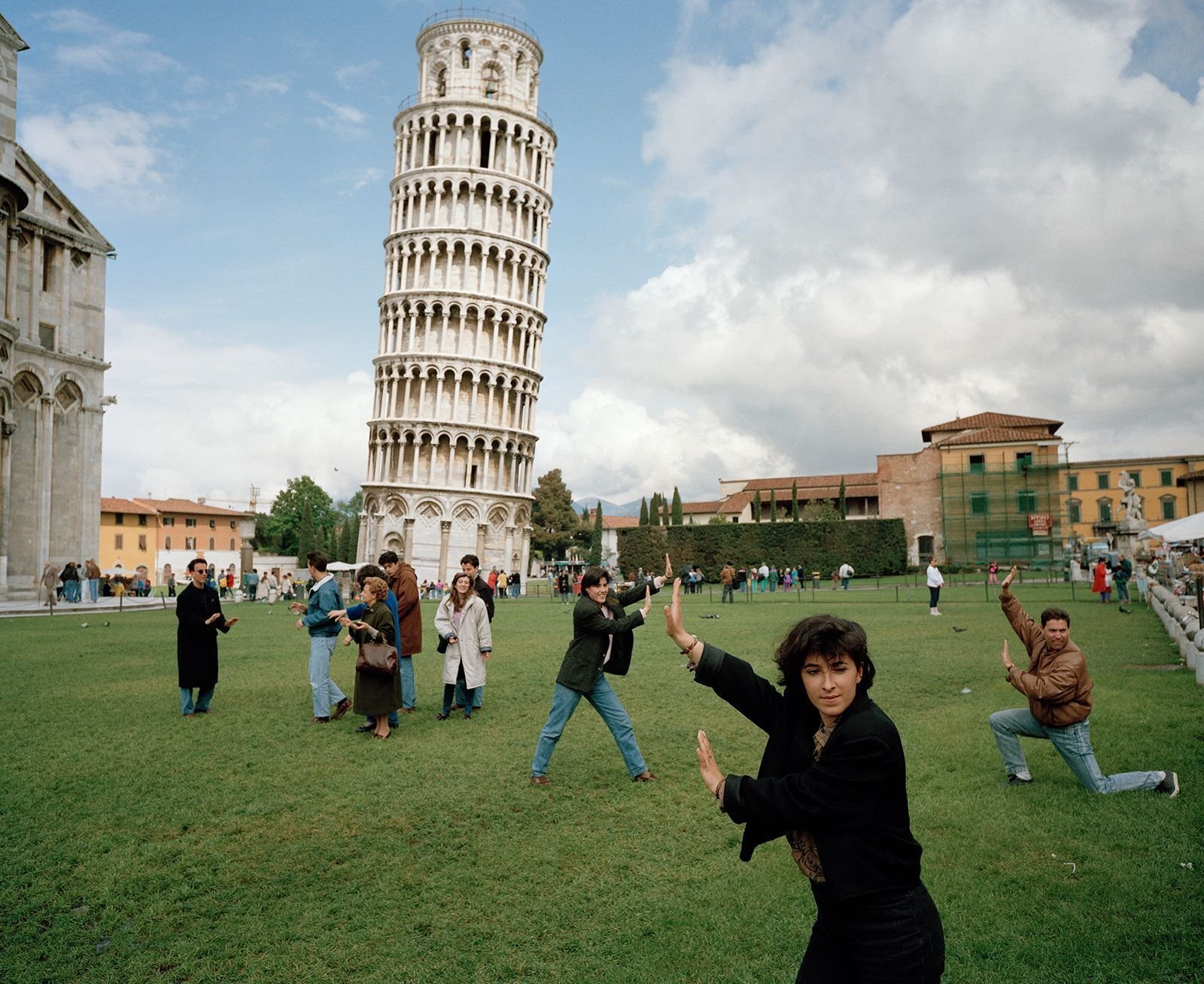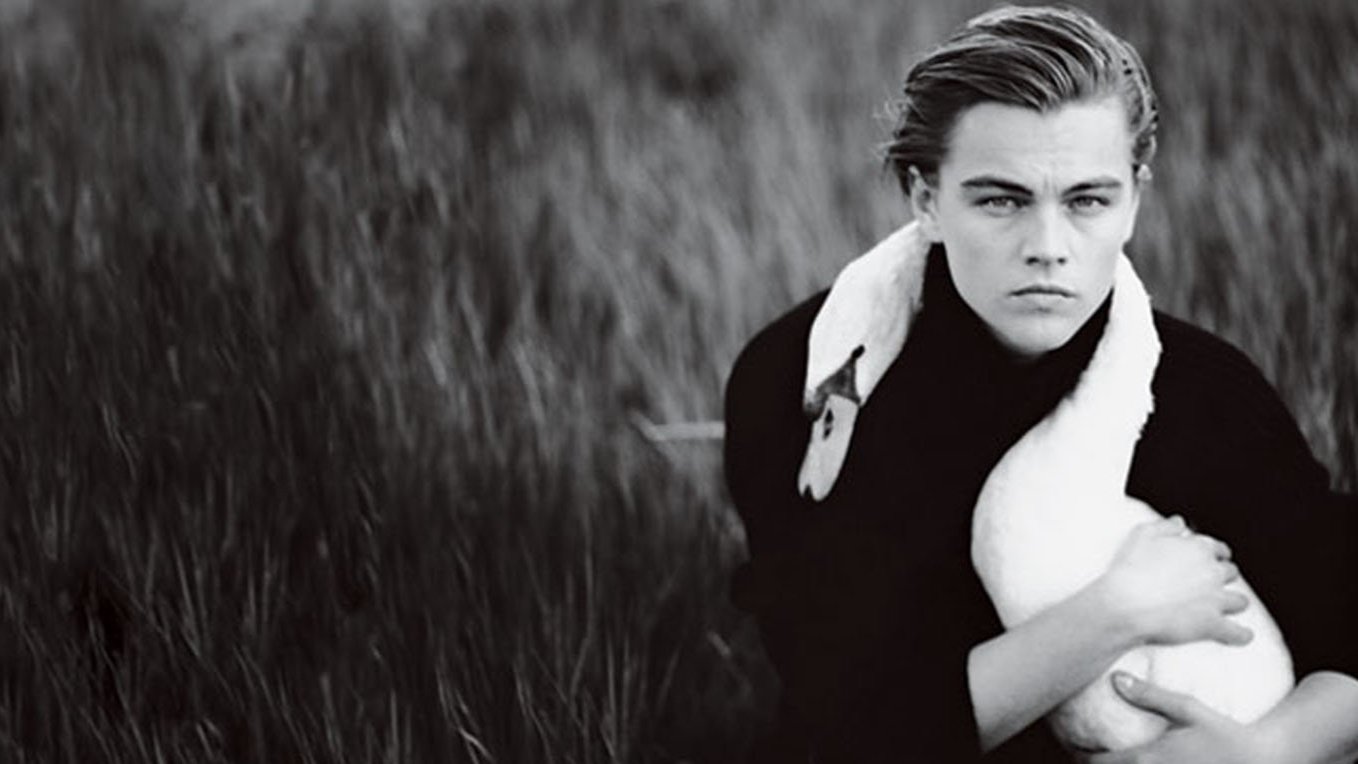Documentary Photography: Uncovering Truths, One Frame at a Time
Documentary photography is a genre that seeks to capture the reality of our world by telling stories through images. It focuses on capturing moments that convey social, political, and cultural aspects of society, giving a voice to the voiceless and shedding light on important issues.
Documentary photography is a genre that seeks to capture the reality of our world by telling stories through images. It focuses on capturing moments that convey social, political, and cultural aspects of society, giving a voice to the voiceless and shedding light on important issues. Often used as a tool to inform, educate, and inspire change, documentary photography has become a powerful medium for visual storytelling.
by Martin Parr
Different Genres
Documentary photography encompasses a variety of subgenres, including:
Photojournalism: This subgenre focuses on capturing newsworthy events as they unfold, with a strong emphasis on timeliness and objectivity. Well-known photojournalists such as James Nachtwey have documented wars, natural disasters, and social issues around the world.
Social Documentary: This subgenre concentrates on portraying the lives of individuals or communities, often highlighting social issues or injustices. Pioneers like Dorothea Lange and Mary Ellen Mark have left an indelible mark on this genre.
Environmental Documentary: This subgenre captures the relationship between humans and the environment, often highlighting environmental issues and conservation efforts. Joel Meyerowitz is an example of a photographer who has documented the beauty and fragility of our natural world.
Street Photography: Although not always considered a part of documentary photography, street photography often shares similar goals in capturing candid moments of everyday life in public spaces. Martin Parr is a renowned street photographer with a documentary-style approach.
History
Documentary photography has its roots in the mid-19th century when photographers like Mathew Brady and Roger Fenton began capturing images of war, social issues, and daily life. As technology evolved, so did the accessibility and reach of photography, allowing photographers like Diane Arbus and Dorothea Lange to document the human condition in ways never before possible.
Techniques
Observation: Documentary photographers must possess keen observational skills to identify and capture meaningful moments.
Patience: Waiting for the right moment to capture an image is crucial, as it allows the photographer to tell a story in the most authentic way possible.
Empathy: Connecting with subjects and understanding their perspective helps photographers to tell their stories more effectively and sensitively.
Composition: Strong compositions are vital in documentary photography to draw attention to the subject and convey a clear message.
by Dotan Saguy
Photography Gear
Some popular gear used by documentary photographers includes:
Camera: Documentary photographers often prefer compact, versatile cameras that can adapt to various situations. The Canon EOS R5 and the Sony A7 III are popular choices for their advanced features, superb image quality, and lightweight design.
Lenses: A variety of lenses, such as wide-angle, standard, and telephoto, can help capture different perspectives in documentary photography. The Canon 24-70mm f/2.8L II and the Sony 24-70mm f/2.8 GM are versatile zoom lenses ideal for various scenarios.
Flash: Although natural light is often preferred, a flash can be useful for low-light situations. The Profoto A1X and the Godox V1 are portable, powerful flashes that can provide the necessary light when needed.
Important Photography Books
Some influential documentary photography books include:
"The Americans" by Robert Frank: This groundbreaking book, first published in 1958, documents Frank's journey across the United States during the mid-1950s. Featuring 83 black and white photographs, "The Americans" captures the social, cultural, and political landscape of the country during a transformative era. The raw, candid nature of Frank's images challenged conventional photography norms and influenced generations of photographers to follow.
"Migrant Mother" by Dorothea Lange: This book is a compilation of Lange's most iconic images from the Great Depression, including her legendary photograph, "Migrant Mother." Lange's empathetic approach to her subjects and her ability to capture the human struggle and resilience during an extraordinarily difficult time in American history have made her work a touchstone for documentary photography.
"Inferno" by James Nachtwey: A harrowing and powerful collection of Nachtwey's work spanning over two decades, "Inferno" covers a wide range of conflicts, disasters, and social issues from around the globe. Nachtwey's unflinching portrayal of human suffering, combined with his compassionate representation of the human spirit in the face of adversity, has solidified his status as one of the most influential photojournalists of our time.
"Immediate Family" by Sally Mann: A deeply personal and sometimes controversial exploration of family life and childhood, "Immediate Family" features intimate black and white photographs of Mann's own children. The book, published in 1992, sparked debates about the representation of children in art and the boundaries between public and private life. Despite the controversy, Mann's evocative imagery and her ability to capture the fleeting moments of childhood have left an enduring impact on the world of documentary photography.
Legacy and Influence
Documentary photography has left a profound impact on our understanding of the world and has played a vital role in driving social and political change. Photographers like Dorothea Lange and Dotan Saguy have used their work to create awareness about social issues and inspire action. Moreover, documentary photography has influenced other genres, such as street photography and fine art photography, by fostering a deeper appreciation for capturing the essence of human experience.
Documentary photography is a powerful form of visual storytelling that captures the reality of our world. With its roots in the 19th century, this genre has evolved and expanded, giving rise to various subgenres and inspiring generations of photographers. Through the use of specialized techniques and gear, documentary photographers have been able to tell stories that inform, educate, and inspire change. As we continue to face social, political, and environmental challenges, documentary photography will remain an important medium for capturing the truth and bringing about meaningful change.





















